The Vegan Food Pyramid: Make Sure to Get All the Nutrients You Need
When you start of on your vegan diet, you might not look into nutrients all that much. It’s rather more of a “eating whatever seems vegan and tastes alright”. But as soon as you tell your carnivore friends about your latest change in lifestyle, you will be bombarded with questions like:
- Where do you get your protein?
- Aren’t you short on calcium if you don’t drink milk?
- Vitamin B12 needs to be substituted in any case, right?!
The funny thing about your worried friends and family is that no one would question them if they said: I’m going to McDonalds. Or I’m going to KFC. Or I’m going to live on just bananas for a week.
I found it most helpful to be really informed, which also helps me ensuring I do get all the nutrients people are so worried about. Cutting out animal products is one step on the way and ensure you still enjoy a “vital” diet is another one.
Media and clever advertising has taught us for many years that dairy, eggs and meat are loaded with nutrients. You need milk for sturdy bones and meat to keep your iron levels up. Well, here’s a funny (actually not very funny) story: A Harvard study found that despite all the calcium that dairy contains, its high protein content can cause osteoporosis. The reason is that when protein is digested, it increases the acidity of the blood. The body then pulls calcium from the blood to neutralize the acid. The story about iron in (many) kinds of meat is true, however. Nonetheless, lots of plant-based foods contain high levels of iron.
In the following, I will lay out a few guidelines for a “perfect diet”. However, don’t stress if you don’t fully meat all these recommendations every day. Most likely, it will balance out over the course of a few days.
Details of the Vegan Food Pyramid
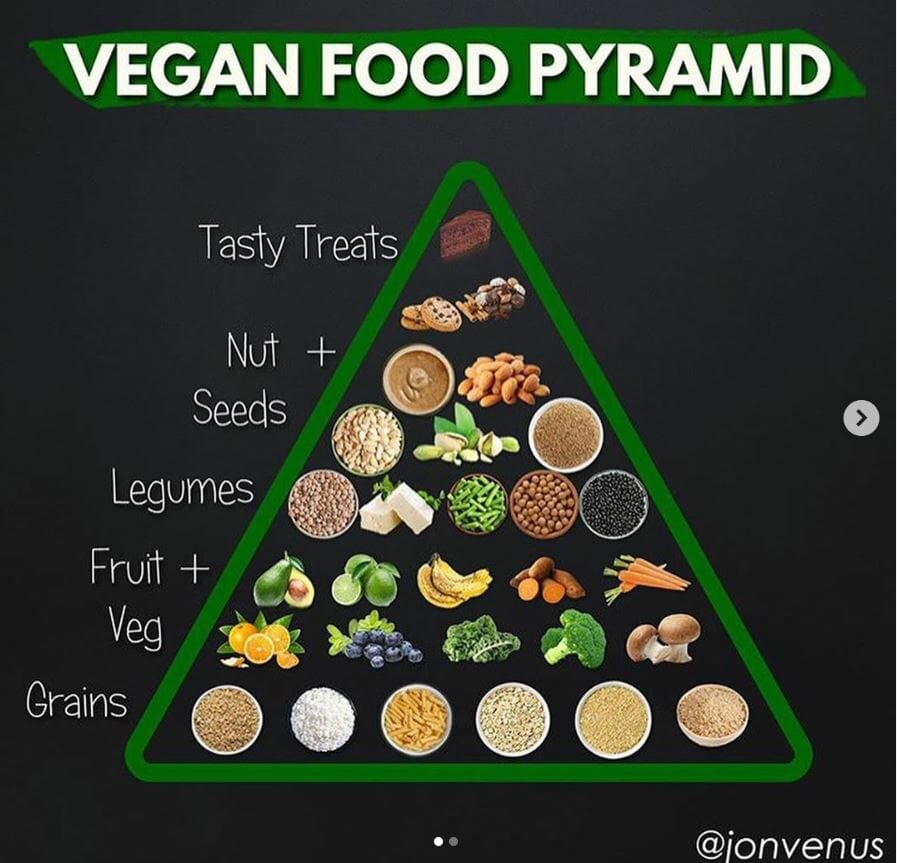
Let’s look at the different sections of the food pyramid and give you further explanation on what each of them encompasses.
1. Grains
Emphasize whole grains when possible and eat unprocessed grains like brown rice, quinoa, millet, wheat berries, or buckwheat. Other choices are hot or cold cereal, breads, and pasta.
Cut down on cookies, pastries, and cakes. The above mentioned whole starches should provide you with the majority of your daily calories. If you don’t have to watch your blood sugar (e.g. because of diabetes) you should eat them until satiated and increase your daily servings to suit your energy needs.
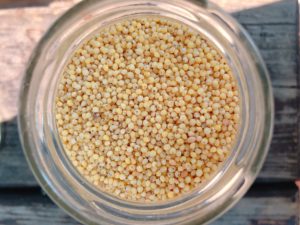
2. Vegetables
Both raw and cooked vegetables are loaded with lots of different nutrients. They should be on your plate every day. If you’re not much of a veggie lover (yet), try some motivation like “eating a rainbow”, i.e. veggies of all kinds of colours. Leafy greens and cruciferous vegetables are especially nutrient-dense and good to include e.g. through salads or taco fillings. Again, unless your wabut no need to skip the starchy root vegetables.
If it seems challenging to you to eat a lot of vegetables every single day, you should try making smoothies and hiding some vegetables in them.
Make sure to eat abundantly from this category.
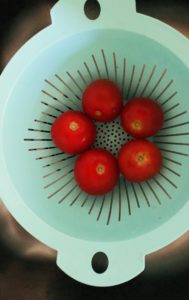
3. Fruit
Who doesn’t love fruits. You can feast on the full spectrum and eat banana, apple and whatever else pleases your taste buds for breakfast, snack, or dessert. You should prefer fresh over dried, and again go with the rainbow and include all the colors. Fruit juices, however, are not as good for you because of low fiber and high fruit sugar levels. Limit yourself on juices but otherwise enjoy fruits when you’re not filled up after a meal or have a sweet tooth!
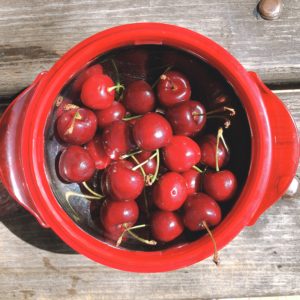
4. Legumes
This category includes cooked beans and lentils as well as legumes in other forms such as hummus, bean patties or split pea milk. Also tofu, and soy milk fall into this category. Choose calcium-fortified when possible and limit vegan meat substitutes with isolated soy protein or protein powders. Emphasize the whole food here as well and increase your servings if wanted.
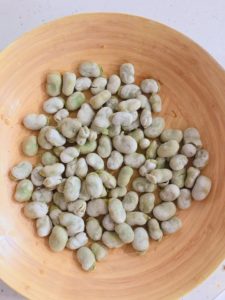
5. Nuts and seeds
Many newly vegans struggle to fill up their tummies properly and thus feel hungry all the time. If that sounds like you, incorporate more nuts and seeds into your diet. Everyone else you doesn’t feel constantly hungry doesn’t need as many nuts and seeds. A few tablespoons of flaxseeds, chia seeds, pecans and the like will provide you with lots of essential fats.
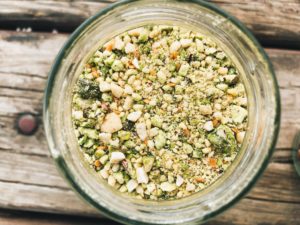
Summary: What Foods to Go For Generally
- Calcium-fortified soy products (milk, tofu, etc.)
- (Dark) leafy greens
- Cruciferous veggies
- Berries
- Omega-3 rich foods like flax, hemp seeds, chia, walnuts
- Iodized salt or kelp flakes
Meeting Nutritional Needs as a Vegan: Take It Easy On Yourself
As we mentioned above, there are certain critical nutrients that we want to make sure to get as plant-based munchers. But keep calm and carry on: Following a vegan diet is not more complicated than a non-vegan one. Think of it more as a “Now, I make sure to meet all my nutritional needs better than before” rather than “Now that I’m vegan I need to make sure to not fall short on any essential nutrients.
By the way, I had very low iron levels when I was a teenager. However, when I was pregnant, which is when most women suffer from sometimes severe iron deficiency, my iron level was top-notch and my OB/gyn had me tested a second time to make sure the test results weren’t swapped with a non-preggo!
Recent Comments